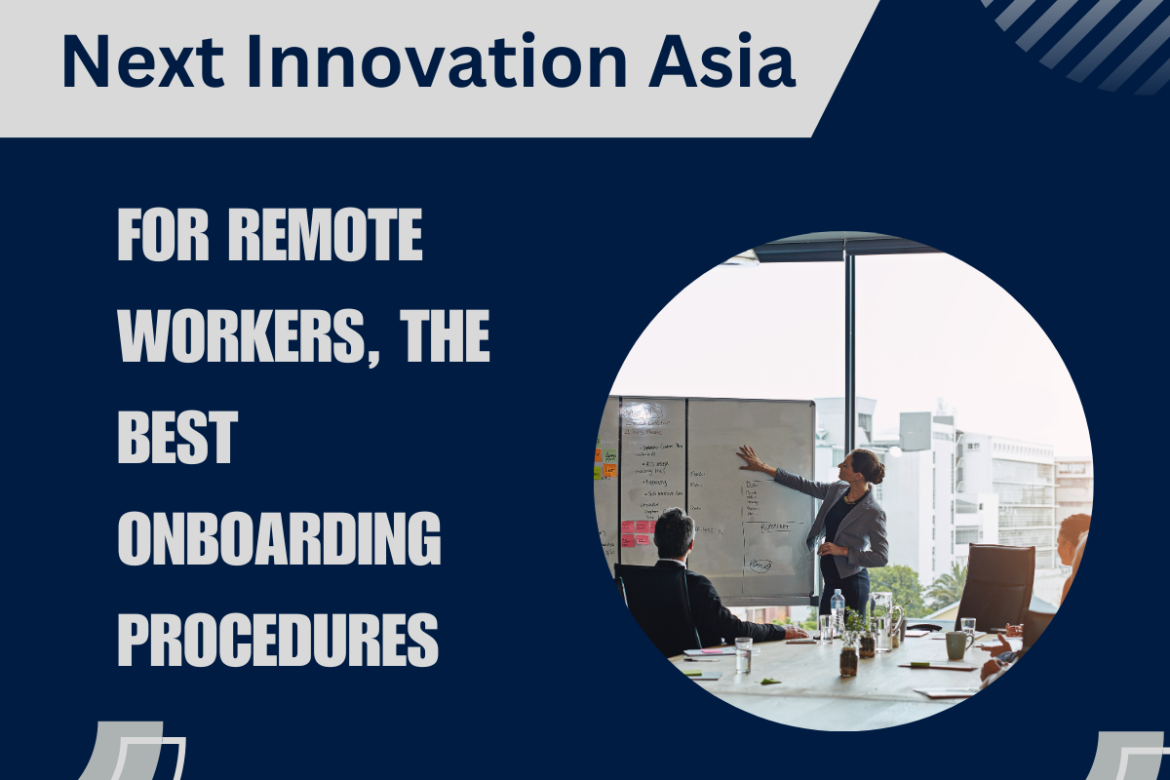Creating an engaging onboarding experience is crucial for setting the stage for new hires’ success and integration into the organization. Here are some steps to create an engaging onboarding experience:
- Start Early: Begin the onboarding process before the new hire’s first day. Send them a welcome package or email that includes essential information about the company, their role, and any pre-employment requirements or paperwork.
- Develop a Structured Onboarding Plan: Create a comprehensive onboarding plan that outlines the specific activities, goals, and timelines for the new hire’s first few weeks or months. This plan should cover both company-wide orientation and department-specific training.
- Assign a Buddy or Mentor: Pair the new hire with an experienced employee who can serve as a buddy or mentor. This person can provide guidance, answer questions, and help the new hire navigate the organization’s culture and processes.
- Provide Essential Information: Ensure that new hires have access to all the necessary information and resources they need to perform their roles effectively. This includes providing them with login credentials, access to relevant software and tools, and a clear understanding of company policies and procedures.
- Conduct Company-wide Orientation: Organize an engaging orientation session that provides an overview of the company’s mission, vision, values, and culture. Invite senior leaders to speak and share their insights. Include interactive activities to encourage participation and networking among new hires.
- Customize Department-Specific Training: Tailor the onboarding experience to the new hire’s specific department or role. Provide training materials, job shadowing opportunities, and hands-on experiences that help them understand their responsibilities and expectations.
- Encourage Relationship Building: Facilitate opportunities for new hires to connect with their colleagues across the organization. This can include team-building activities, social events, or virtual networking sessions. Encourage open communication and create a welcoming atmosphere.
- Set Clear Goals and Expectations: Clearly communicate performance expectations and objectives to the new hire. Establish goals and milestones that they can work towards. Regularly check in with them to provide feedback, support their progress, and address any challenges they may face.
- Seek Feedback: Create avenues for new hires to provide feedback on their onboarding experience. This can be done through surveys, one-on-one meetings, or focus group discussions. Use this feedback to continually improve and refine the onboarding process.
- Continuously Support and Follow Up: Onboarding is not a one-time event; it is an ongoing process. Regularly check in with new hires to see how they are settling in, address any concerns or questions they may have, and provide additional support or training as needed.
Remember, an engaging onboarding experience sets the foundation for a positive employee experience and long-term success within the organization. By investing time and effort into creating a comprehensive and engaging onboarding program, you can help new hires feel welcomed, valued, and equipped to contribute effectively to the company.

